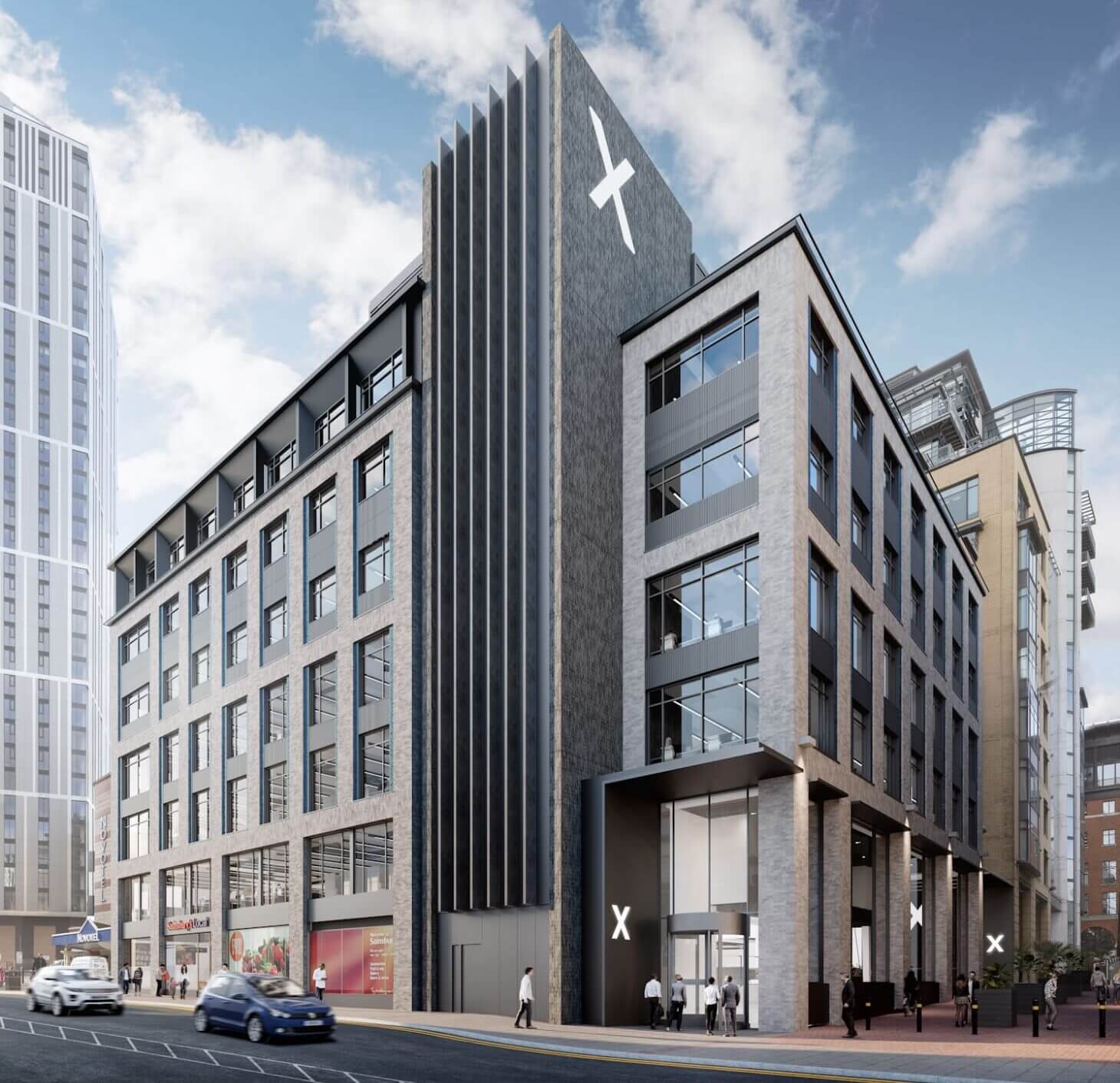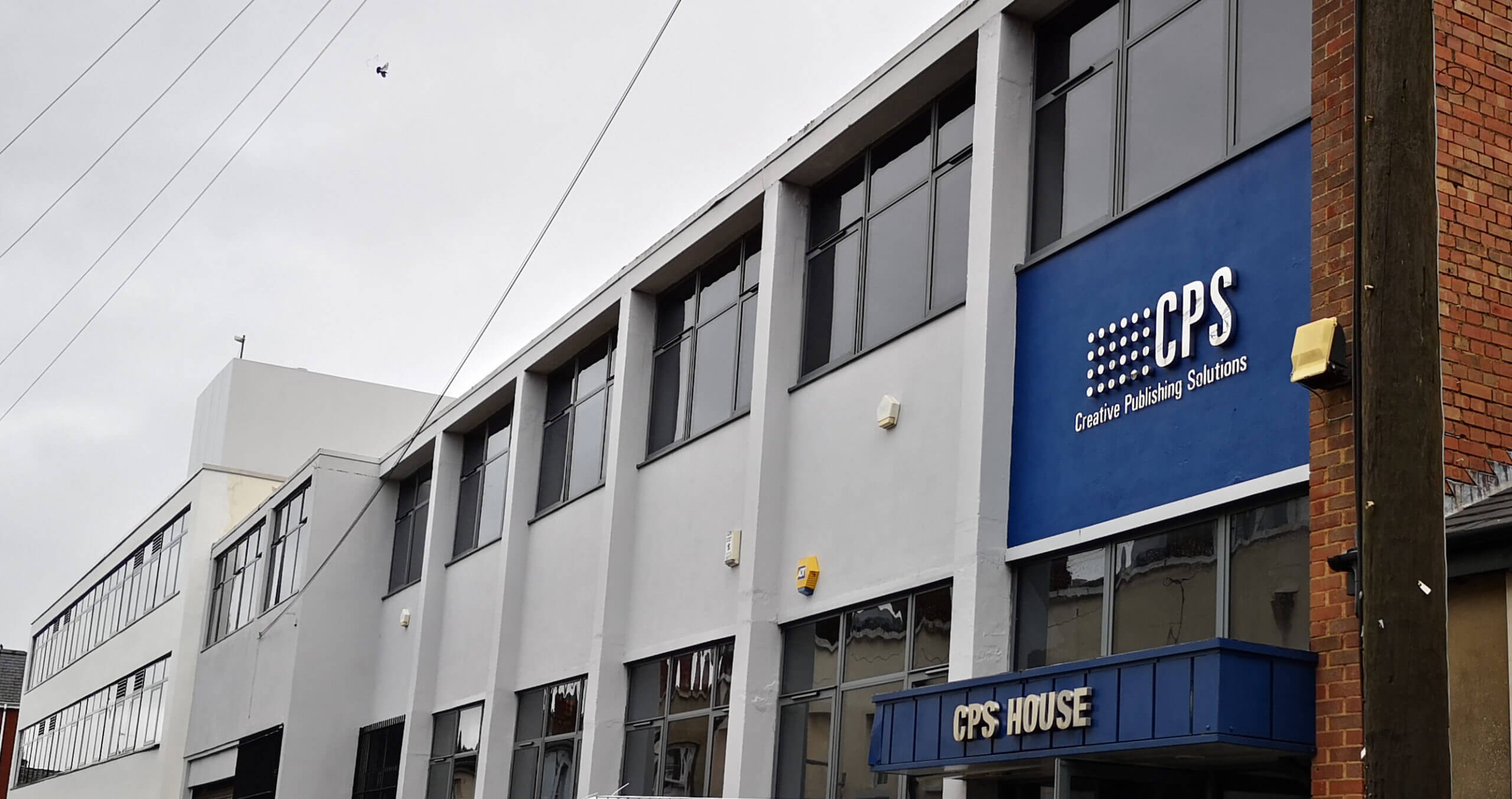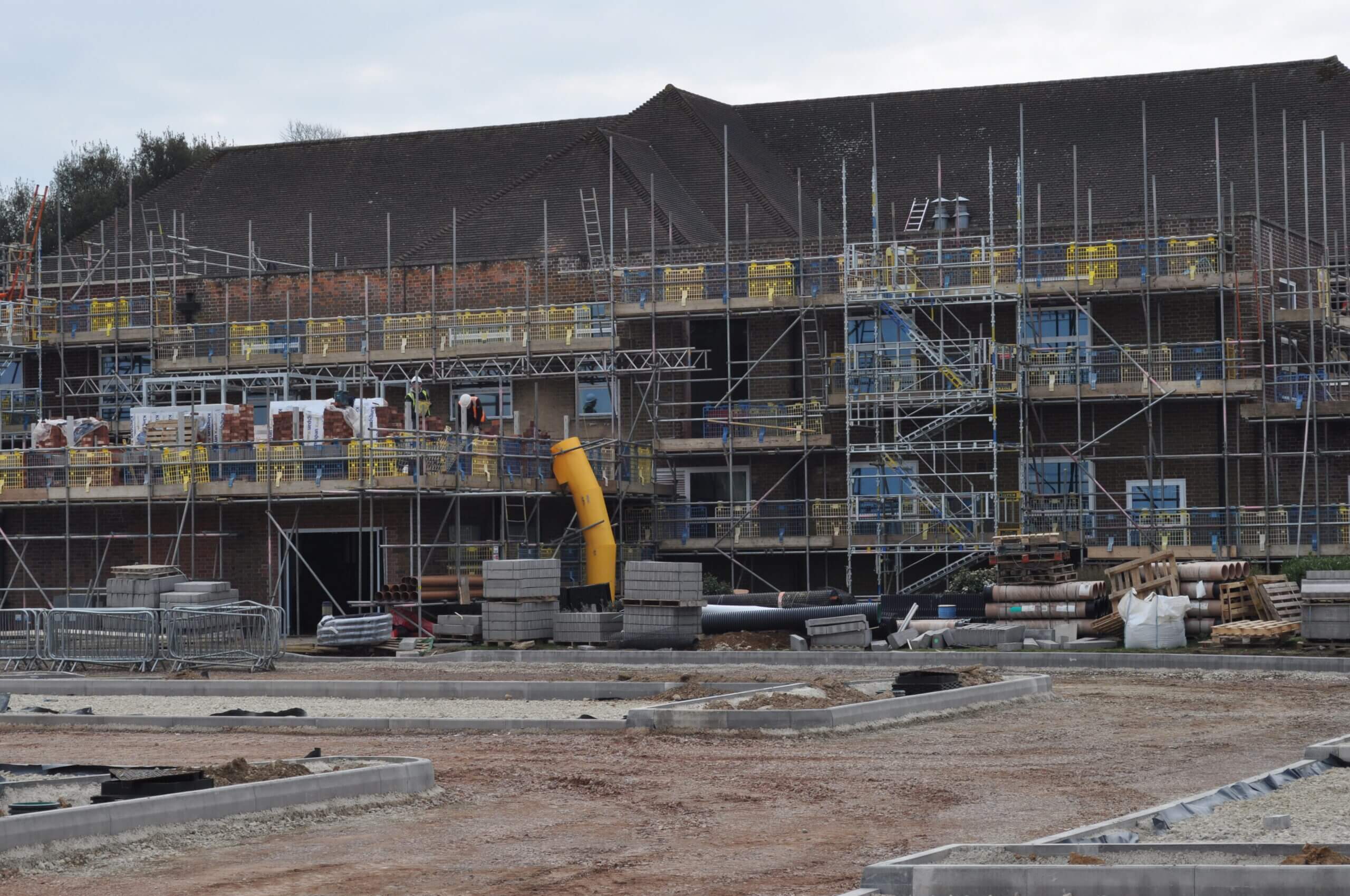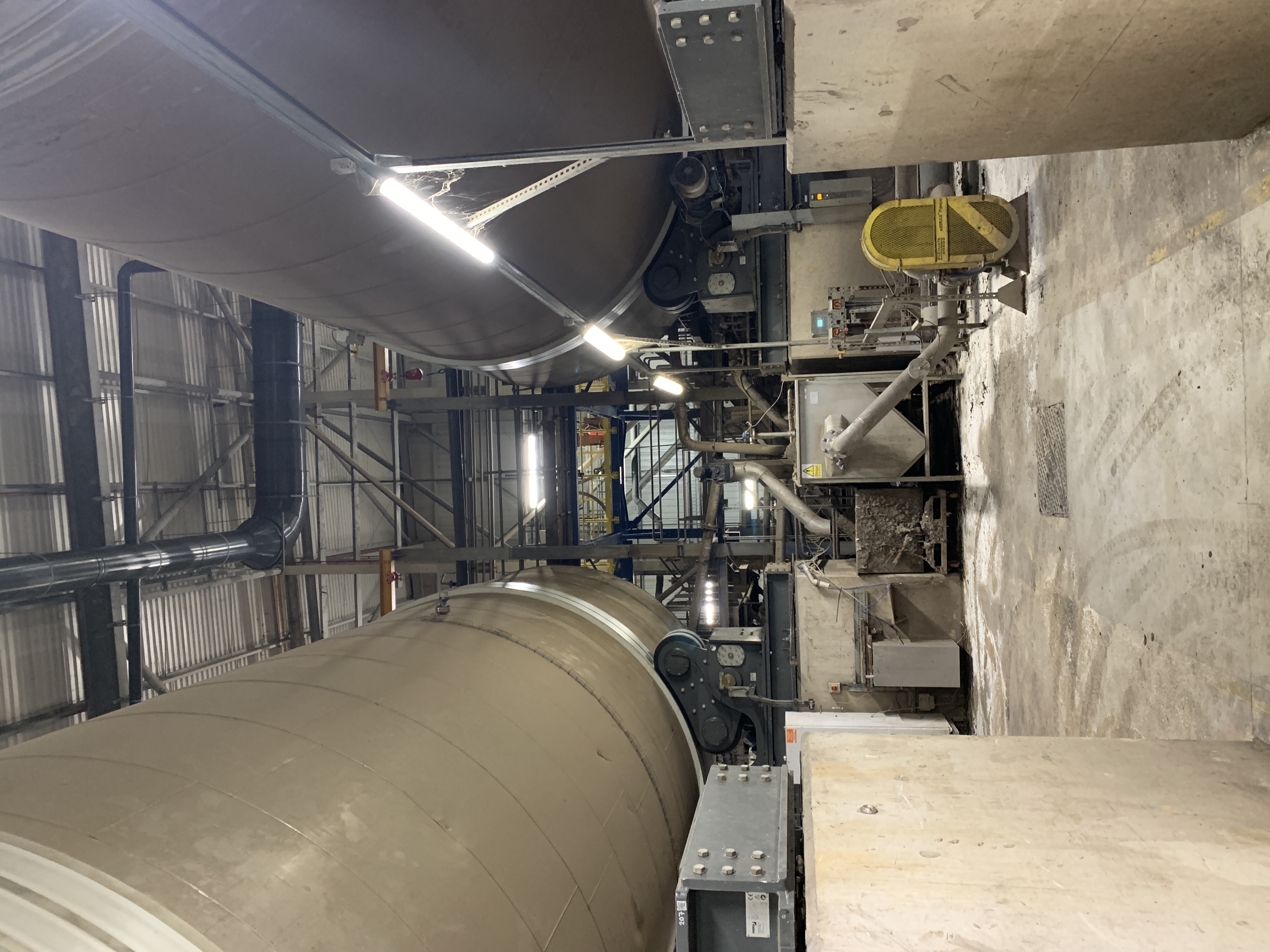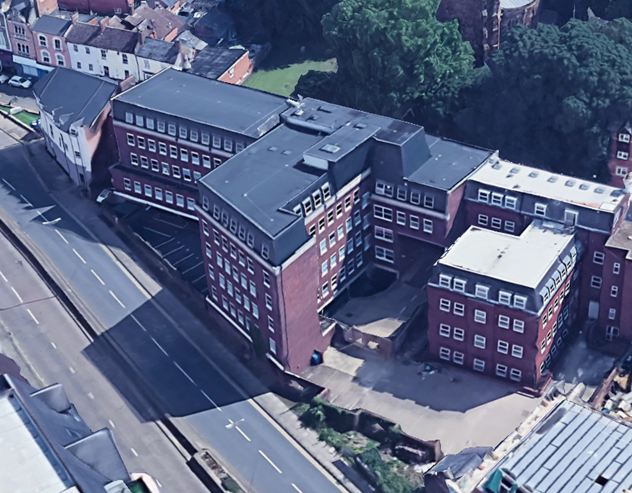Beta Design Consultants has been using high performance concrete and ultra high performance concrete in various construction and strengthenign applications since 2019. The use of this extremely versatile and novel material has allowed us and our clients to execute extremely challenging retrofit and construction applications that would have otherwise requested much more time on site or much higher budgets.
HPC and UHPC Strengthening
High performance concrete (HPC) is characterized by a compressive strength of 60-120 MPa and
120-200 for ultra-high-performance concrete (UHPC). The inclusion of fibres with carefully selected
fines and aggregates allows the HPC to offer superior performance properties such as durability,
tensile ductility, toughness, hardness, impermeability, wear resistance, impact resistance, chemical
resistance and resistance to repeated cycles of freezing and thawing. HPC was first developed in
1978 in Denmark by Hans Henrik Bache who was able to carefully select densified system particles
containing homogenously arranged ultrafine particles to produce HPC. It is only recently, however,
that concrete professionals have used HPC in thin layers to repair and strengthen columns, beams,
slabs and bridge decks.
The practical use of this strengthening technique can be seen in many recently completed projects.
Column Strengthening
Beta Design Consultants has specified HPC and designed strengthenign options for vertical extensions and for restoring columns capacity in multiple car parks and office/mixed use developments where space is at a premium. The use of traditional jacketing would have resulted in much thicker jackets and loss of space.
In Woking Victoria Car Park, we initially considered strengthening the columns using CFRP wrapping, but the required improvement in flexural and axial capacity could not be met due to the columns high slenderness. CFRP is an effective method to increase the axial capacity of RC columns by the confining action of wraps, however it does not induce any enhancement on the inertia of the section so in this case it was not a viable solution. Another downside for the use of CFRP was the fire protection limitation and the need to apply fire protection in an application like a car park or in office/mixed use applications.
Instead, a proposal was put forward where the columns could be jacketed with Mapei Planitop HPC, a free flowing, high performance and high ductility micro-concrete with steel fibres that could be used without the need for reinforcing steel, limiting the jacket thickness to 40mm. This ensured loss of space and jacket extra self-weight were minimal.
Beam Strengthening
The works involved the strengthening of 8 no. 10m long beams in a previous RAF airmen’s mess being re-developed as Grade A offices. Tests on the existing concrete showed compressive strength values below 20 MPa. An evaluation by BDC quickly ruled out CFRP strengthening due to the low bond strength of the existing concrete. Traditional jacketing would have required a deep heavy section so HPC was proposed. BDC design was based on a 70mm 3-sided HPC jacket (fck=70MPa) with additional longitudinal rebar. Typically, HPC bonds well to roughened concrete but in this case, shear links were required to prevent slip along the HPC / existing concrete interface.
CRL were awarded the contract to carry out the strengthening designed by BDC, comprising recommendations for the substrate preparation, concrete repairs required, structural strengthening and protection of the beams provided by Mapei UK.
After removing beams render, the concrete was cleaned and prepared to the required textured finish using Mapemortar HB R3. All concrete repair materials were specified according to EN1504.
Reinforcement was installed and anchored the proposed 70mm 3-side HPC jacket to existing beam and support. Slots 300mm x 60 mm were cut into the slab above to enable the HPC to be poured into the formwork.
To pour 2m3 of concrete through slots above and keep the concrete flowing along the 10m long beams within the enclosed formwork was a challenge to say the least. To maintain the flowable properties of the fibre reinforced concrete mix and obtain a good distribution of the fibres within the mix it was critical to keep a constant mixing time of 8 minutes and have a continuous flow of concrete going into the formwork.
Slab Strengthening
In addition to the low strength concrete in the beams, the existing slabs in the RAF airmen’s mess did not have sufficient flexural capacity. CFRP use was quickly ruled out by BDC due to the high loadings required and HPC proposed due to its superior performance in both compression and tension. Adding 20mm in the sagging areas increased the compressive areas resistance and section lever arm to meet design requirements. Adding 30mm HPC in hogging areas with a small mesh satisfied the section demand, whilst small diameter links were used to achieve a composite section. CRL successfully carried out the strengthening using Mapei Planitop HPC Floor.
This application has the potential of being used to repair industrial floors and bridge decks as the
finished surface could deal with stringent requirements of toughness, hardness, durability and resistance to chemicals and impact. There is currently no codified definition of UHPC. fib Model Code 2010 covers concrete up to a characteristic strength (fck) of 120MPa.
References:
1. EN 1992-1-1: Eurocode 2: Design of concrete structures Clause 6.2.5 Shear at the interface
between concretes cast at different times.
2. EBR Strengthening Technique for Concrete Long-Term Behaviour and Historical Survey,
Christoph Czaderski and Urs Meier, January 2018
3. TR55 “Design guidance for strengthening concrete structures using fibre composite materials”
4. BS EN 1504 “Products and systems for the repair and protection of concrete structures”
5. fib MC2010: “Model Code for Concrete Structures 2010”
